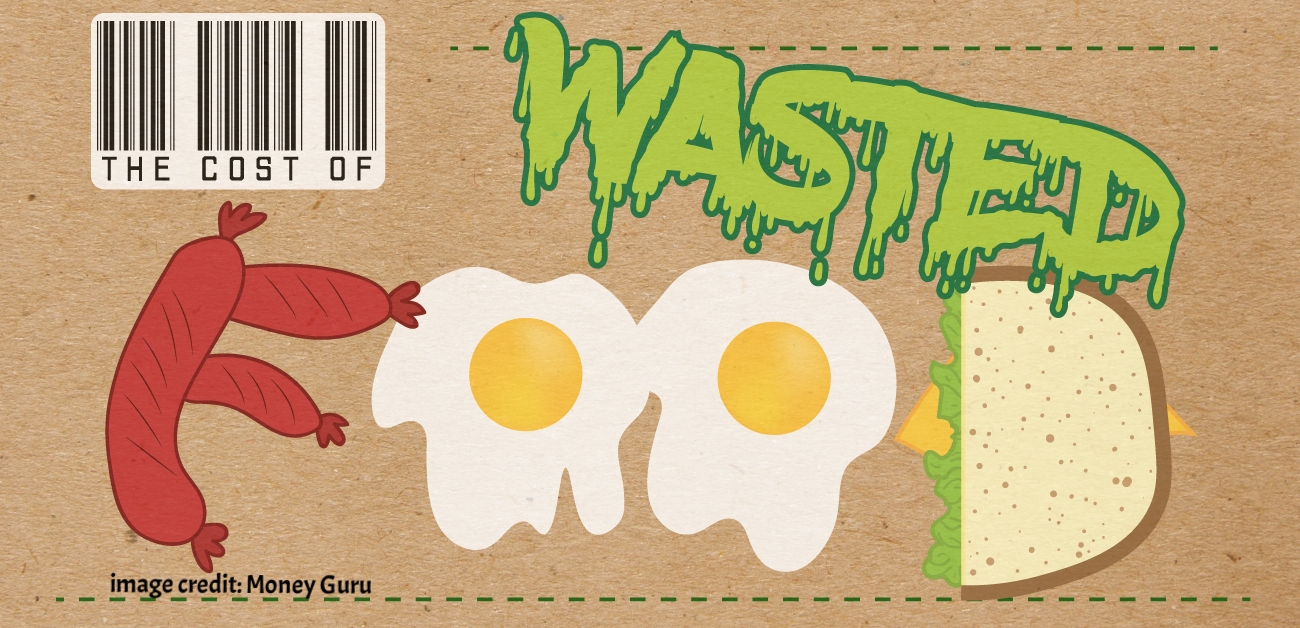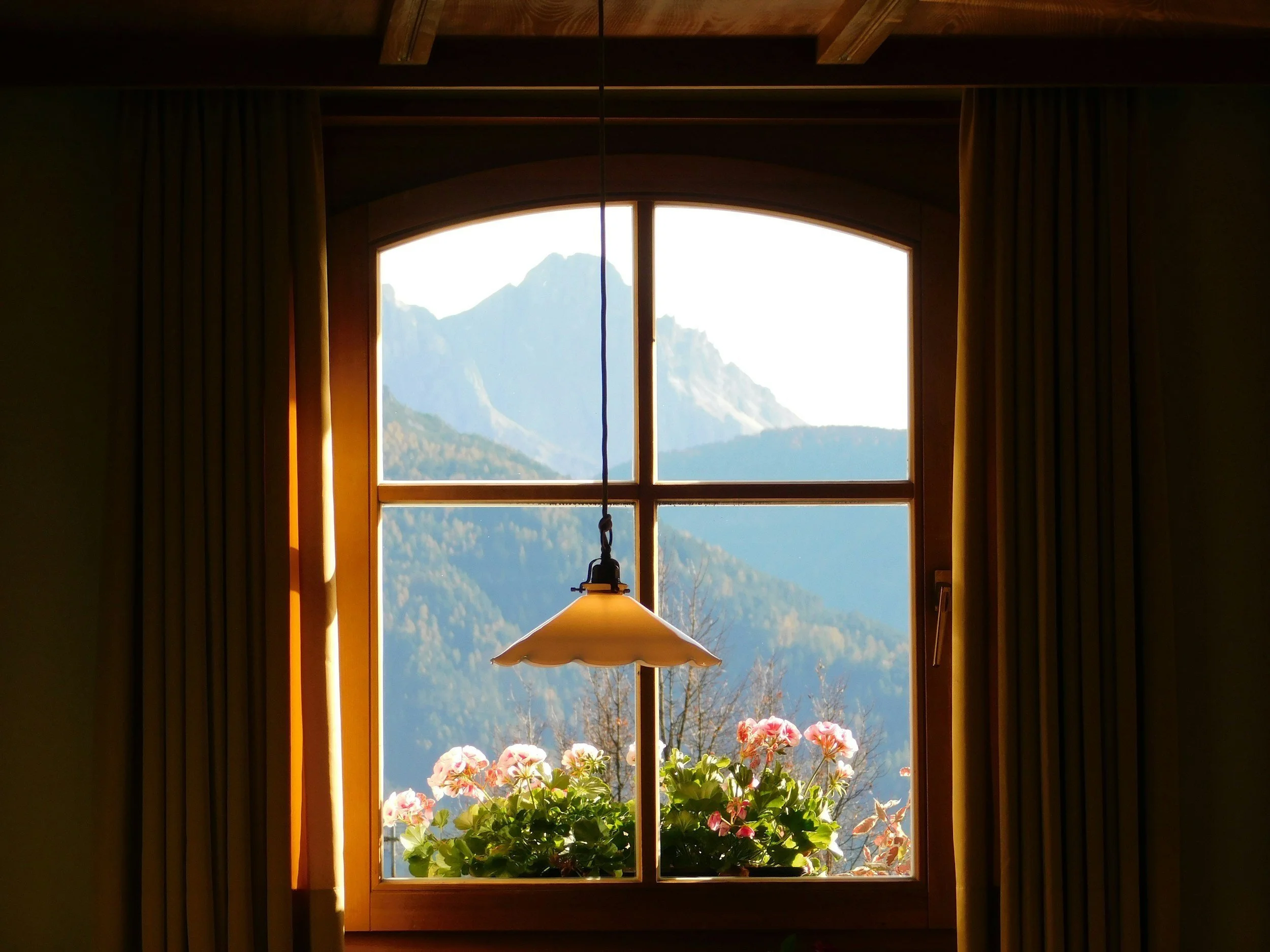DIY Home Energy Audit (Free Checklist)
/Energy efficiency does more than lower homeowners’ energy bills – it also helps to lessen the impact each home has on the environment. All of the modern conveniences we enjoy on a regular basis have a hidden cost beyond what we see on our utility bills. They consume resources, contribute to greenhouse gas emissions and create waste that can harm the environment. Although these impacts may be small when viewed individually, when taken in aggregate they can have a substantial global effect. The good news is that there are plenty of things homeowners can do to reduce the effect their homes have on the environment, and many of those things are relatively easy.
Use the following checklist to keep your home's energy costs down and efficiency up...
Read More


















































